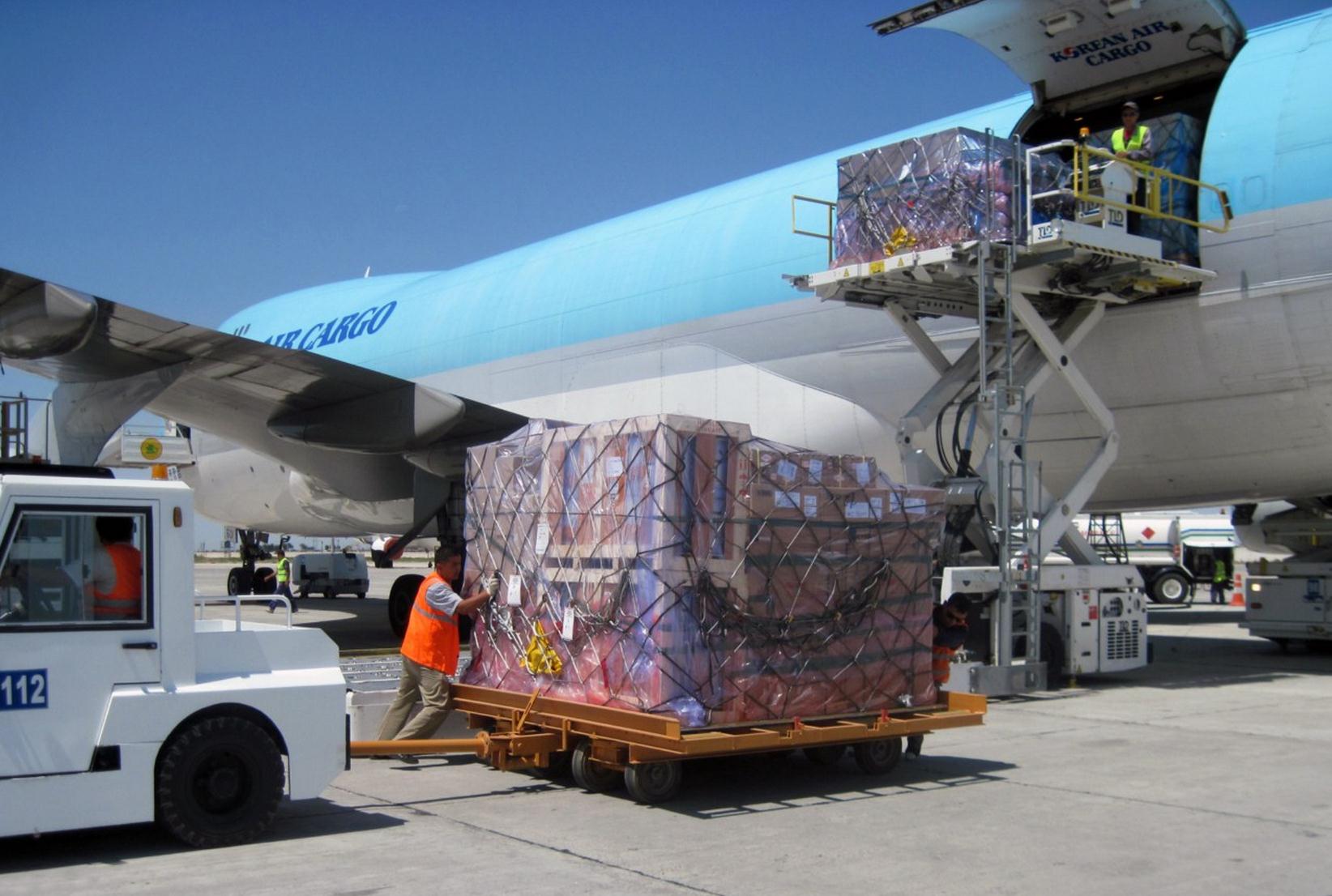Central Asia is a potentially lucrative – if niche – air cargo market held back by various factors. One of those is its low, scattered populations which are spread out over a large area. Balancing that, its oil and gas industries need things moving – and usually quickly – and with no local industry to speak of, the need for manufactured goods to be flown in is also there.
Because of this, Central Asia is a market heavily weighted towards imports.
“The ratio is roughly 4:1. In 2014 we had approximately 9,000 tonnes of import to the region and 2,200 tonnes of exports,” Christian Becker, Lufthansa Cargo’s regional director for Russia and the CIS, told Asia Cargo News. “Export-wise, traditionally, Kazakhstan and Azerbaijan are the [region’s] strongest markets. On the import side it is Kazakhstan followed by Turkmenistan and Uzbekistan.”
 Uzbekistan is very much the joker in the pack. While there is no official data on cargo volumes, Uzbekistan is home to Navoi International Airport, which is the region’s largest, most modern and purpose-built cargo terminal, with a capacity of 100,000 tonnes. Navoi is also a key nodal point in Korean Air’s formidable reach as a cargo player.
Uzbekistan is very much the joker in the pack. While there is no official data on cargo volumes, Uzbekistan is home to Navoi International Airport, which is the region’s largest, most modern and purpose-built cargo terminal, with a capacity of 100,000 tonnes. Navoi is also a key nodal point in Korean Air’s formidable reach as a cargo player.
Azerbaijan adds another variable. It is home to Silk Way Airlines, a small but ambitious cargo operator already providing services to the US as part of a roster of 50 destinations – the only cited regional player.
Korean is not the only carrier using the region as a transit point rather than a destination. Among its operations, Lufthansa Cargo serves Ashgabat (ASB) in Turkmenistan and Tashkent (TAS) in Uzbekistan each with a weekly Boeing 777 Freighter continuing on to Asia.
A more succinct summary of the situation came from local operator Air Astana. “The main air cargo flow is imports destined for Kazakhstan or onward transfer to neighbouring countries. There is very little air cargo business in exports,” a representative told Asia Cargo News. (And none in some countries, with one source pointing “no substantial commercial cargo volumes to Kyrgyzstan and Tajikistan.”)
As for the volumes involved, in 2013, Air Astana moved 17.185 million kg, last year 14.752 million kg and, in the first half of this year, 5.923 million kg. This, according to one non-airline source is “incoming: machinery, clothes, courier shipments; outgoing: personal belongings and courier shipments.”
While Air Astana didn’t provide a breakdown of what is moving, it does note in information supplied to Asia Cargo News that the handling of special cargo such as livestock, perishables and certain dangerous goods is only undertaken on non-stop flights.
Whatever is moved, though, is paying in to Air Astana’s bottom line with a contribution of US$27 million in 2013 and US$22 million last year. The first half of this year has generated approximately US$8 million in revenue for the airline.
This noteworthy decline in an otherwise strengthening market is due to the region’s reliance on oil and gas production. “It is obvious that the region is suffering,” said Lufthansa Cargo’s Becker, pointing out the ending of multilateral sanctions on Iran will add further pressure on oil and gas prices.
“However, the demand for high-tech equipment remains strong, especially as it is rarely produced in the region. Therefore, the next years will be a challenge and a question of where to position yourself as a cargo carrier,” Becker added.
Among other problems the sector must face are variable levels and quality of infrastructure.
Though the general view is that things are getting better – even, one source noted, in trying to learn other languages to communicate with international airlines – some problems are enduring. Most noticeable among these is the sheer unevenness of hardware in the region.
“Very basic conditions for cargo exist in Almaty and Tashkent. In Astana, the capacity for cargo handling is limited,” said one airline industry expert who was keen to not be named. However, he pointed to three airports in the region – Navoi in Uzbekistan and Taraz and Karagandy in Kazakhstan – as shining examples.
He described Navoi as “a brilliant cargo terminal hosted by Korean Air Lines.” He also said that Taraz is designed to be a cargo strong point and Karagandy Airport “proved to be an excellent point for transit and p-t-p cargo.” There is also the possibility that Manas Airport in Kyrgyzstan, where a US Air Force base has been located for some years, could join the list of strong airports in the region.
On the software side of things, there are also issues which need to be dealt with. “We would gladly see more efforts on the eFreight side, but this is an issue which needs governmental support. To date, the former CIS countries still don’t foresee electronic documentation to be sufficient for customs purposes,” said Becker.
By Michael Mackey
Southeast Asia Correspondent | Bangkok